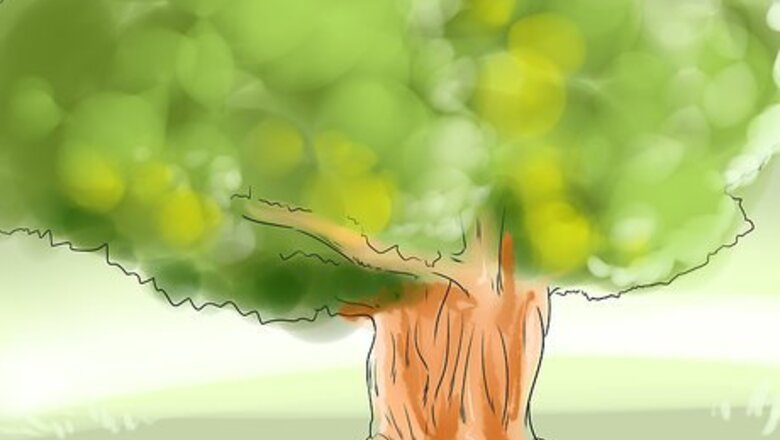
views
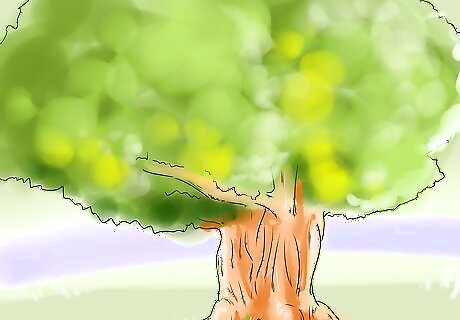
Locate the right kind of tree, depending on what's available in your local area. It may be surprising to some, but good quality bow wood can be found around the world in a variety of climates. Depending on where you live, some varieties are: North America- Osage Orange, Pacific Yew, Hickory, Maple, Juniper, Elm, Ash, Birch, and Locust. South America- Ipe, Lemonwood (Degame), and Guayabi. Europe- Yew (English, Spanish, or Italian), and Slippery or Red Elm. Africa- Cypress, African Mahogany, and Podocarpus latifolius. Asia- Maple Australia- Atlatls, instead of bows, were used on this continent.
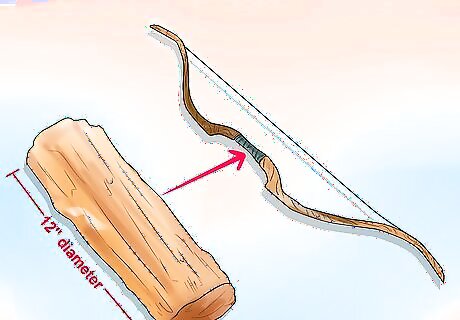
Try to "visualize" a potential bow resting in the tree. For beginners, it is best to find one that is between 4" and 12" in diameter, is relatively free of knots, and has a straight, vertical grain.
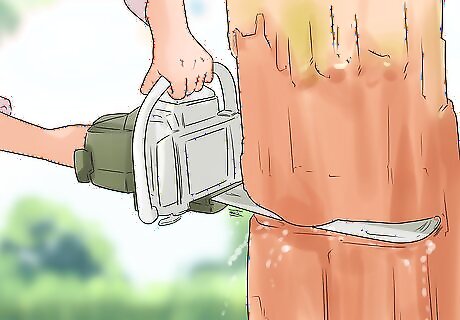
Cut down the right tree at its base and remove the chosen section. Its length should be 1' to 2' longer than the envisioned bow's final length.
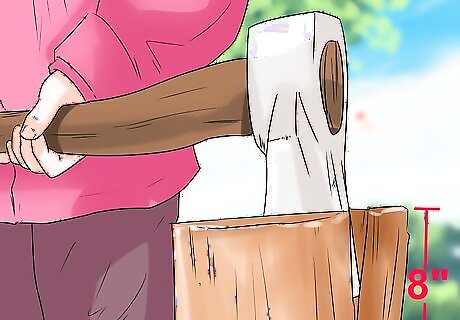
Split the section, if needed. If the log you cut down is fairly small (less than 5"), it is not necessary to split it into staves at this point. If it is 6" to 8", split it down the middle into two symmetrical halves. If larger that 8", quarter it. This is accomplished by embedding a hatchet in the middle of one end of the log. From there, use wedges, splitting mauls, or whatever else is available to carefully split the log the rest of its length.
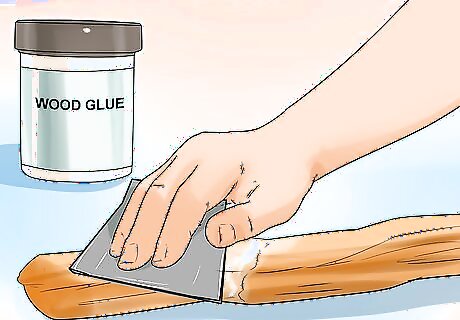
Seal the ends of your new bow staves. This keeps the wood from splitting and checking while it is seasoning, which could render it unsuitable for building a bow. This is best accomplished by smearing 2-3 coats of wood glue or thick paint on each end, and letting it dry.

Let the wood season. At this point the bow stave should be kept under cover and not exposed to extreme temperature or humidity changes until it is seasoned. Typical wood cures at a rate of 2" per year, so a 4" diameter log will take approximately a year to season, while a 12" diameter log could take three years.
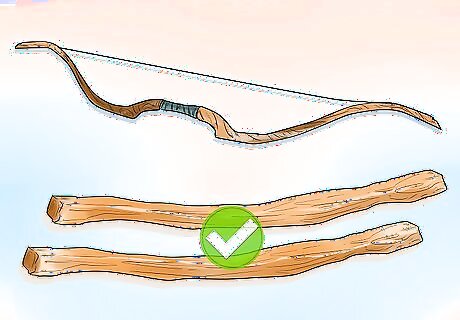
Congratulations! You have yourself the very beginnings of a new bow. However, each piece of wood has character, and no matter how much care was taken in selecting the piece of wood, it may have invisible imperfections. For this reason, it is best to process several staves at once; then if one breaks while making a bow, you will have another one to begin on.













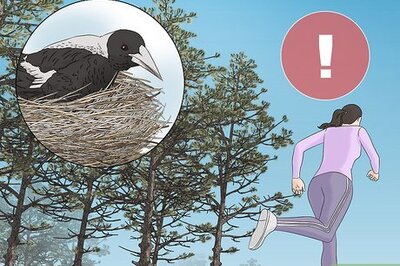



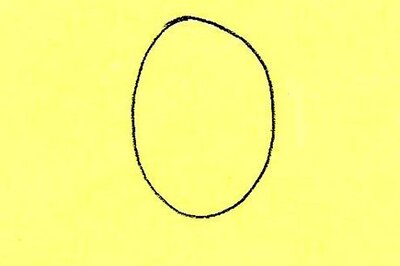


Comments
0 comment